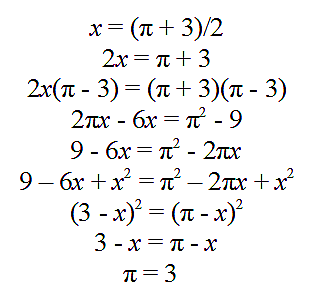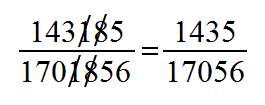
Each term in the Fibonacci sequence is derived by adding the two preceding terms:
0, 1, 1, 2, 3, 5, 8, 13, 21 …
Remarkably, you can use successive terms to convert miles to kilometers:
8 miles ≈ 13 kilometers
13 miles ≈ 21 kilometers
This works because the two units stand in the golden ratio (to within 0.5 percent).




